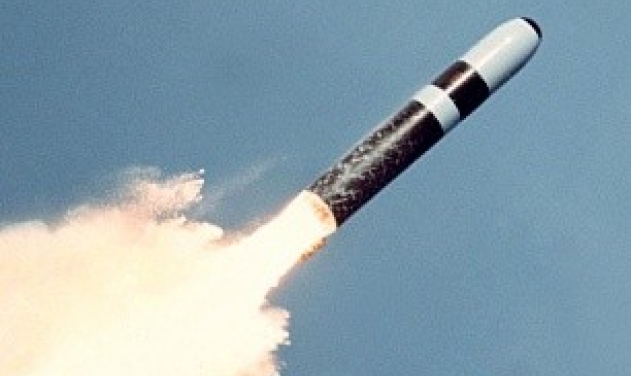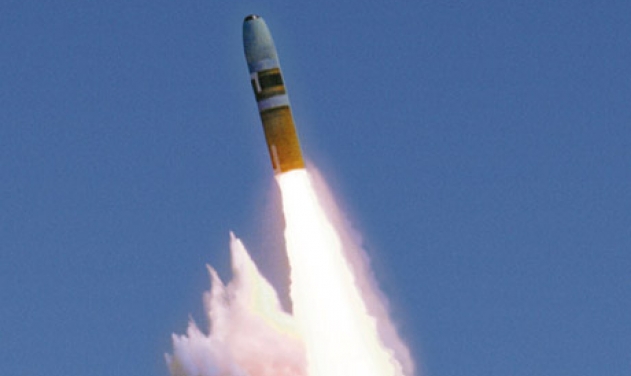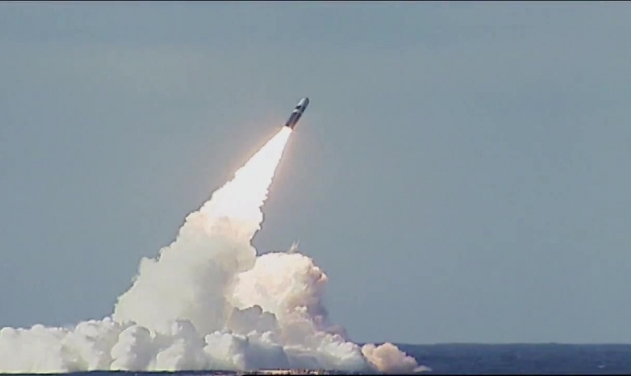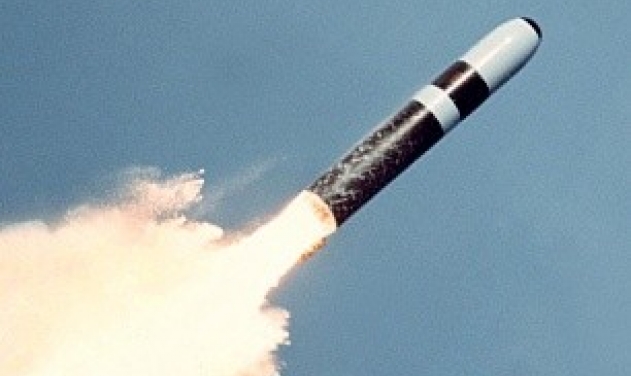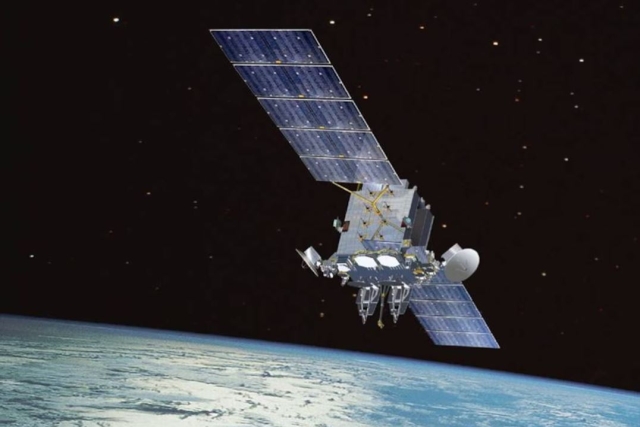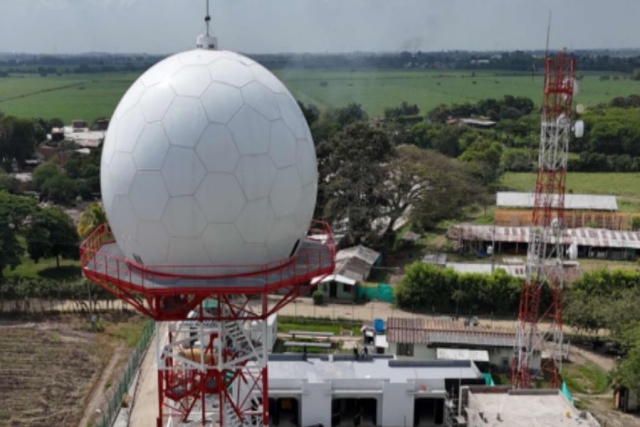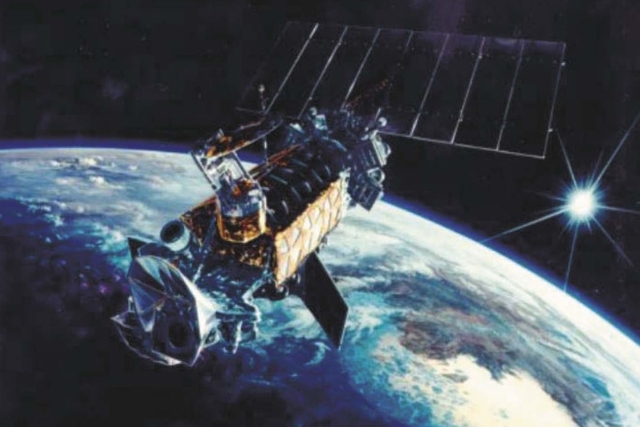Lockheed Martin Wins $51M US Navy’s Trident II D5 Submarine-launched FBM Contract
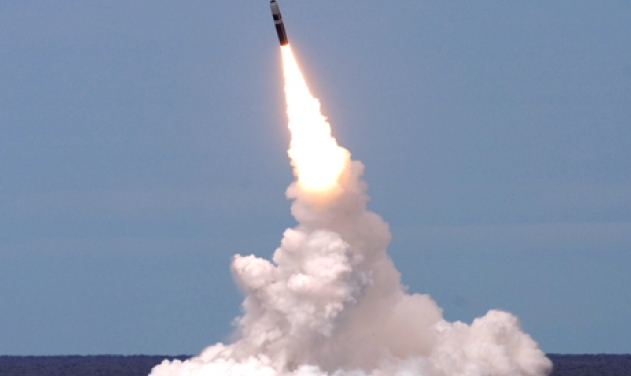
Lockheed Martin is being awarded $51 million modification to a previously awarded contract for Trident II (D5) submarine-launched fleet ballistic missile (FBM) production and deployed system support.
The work is expected to be completed by Sept. 30, 2017, the US department of defense said in a statement Wednesday.
The Trident II D5 is the latest generation of the US Navy's submarine-launched FBM. First deployed in 1990, the Trident II D5 missile is currently aboard OHIO-class and British VANGUARD-class submarines according to Lockheed Martin.
The first FBM developed and deployed by the US was the Polaris A1 missile; a two-stage ballistic missile with a range of 1,200 nautical miles, the A1 was powered by solid fuel rocket motors and guided by a self-contained inertial guidance system independent of external commands or control.
Subsequent Polaris missiles, the A2 and A3, increased the range and thus the operating area of the stealthy deterrent.
The next generation of fleet ballistic missiles to follow Polaris was the Poseidon C3 missile. The Poseidon, despite being 20 inches wider in diameter, 36 inches longer and approximately 30,000 pounds heavier, fit into the same 16 launch tubes that carried Polaris. Poseidon carried twice the payload of the Polaris A3 with significantly improved accuracy. The first Poseidon test launch occurred on August 16, 1968. The first submarine-based test launch occurred on August 3, 1970, from SSBN 627 James Madison. The Poseidon was declared operational on March 31, 1971, and was deployed aboard all 31 Lafayette Class submarines.
The Trident I C4 missiles were the longest continuously operated Fleet Ballistic Missiles ever deployed by the US Navy. Using advanced technology in propellants, micro-electronics and new weight-saving materials, the Trident I C4 missile incorporated the multiple independently-targeted vehicle capability of its predecessor Poseidon and provided an astounding range of more than 4,000 nautical miles with a full payload.
